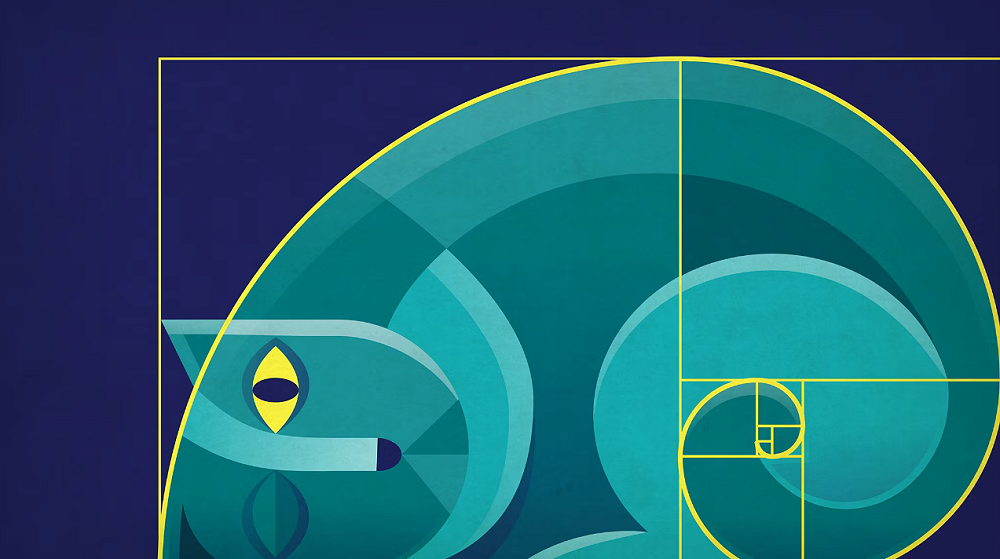
The Beauty of Numbers
The Fibonacci sequence was first discussed in Europe in the 13th century by Leonardo of Pisa, also known as Fibonacci. It can also be traced back to 200 BCE in Indian literature. It has many interesting properties and is found in various natural phenomena and artistic creations. The Fibonacci sequence is a captivating pattern which showcases the elegance and interconnectedness of mathematics. It is fascinating and remarkable, and we can take pride in using mathematics and our knowledge to see the world through a different lens.
The Fibonacci sequence is a mathematical pattern where each number is the sum of the two preceding ones. It starts with 0 and 1, and each subsequent number is found by adding the two previous numbers (0, 1, 1, 2, 3, 5, 8, and so on infinitely).
Fascinatingly, this sequence is seen in so many natural phenomena. For example, the spirals in a pine cone, a pineapple, seeds in a sunflower and petals on a flower are all arranged using the Fibonacci sequence. It also forms a unique shape known as the Fibonacci spiral which is present in the shape of shells and hurricanes. The Fibonacci spiral is also how the shape of our galaxy is arranged.
As we look at how the Fibonacci sequence is present in nature, from the arrangement of the tiniest seeds to the arrangement of our galaxy, it can spark passion, curiosity, and fascination. This is how elegant, beautiful and interconnected mathematics is. It is powerful to be able to better understand nature, and leads to a deeper appreciation. We can take pride in gaining more knowledge of the way mathematics connects our world.
